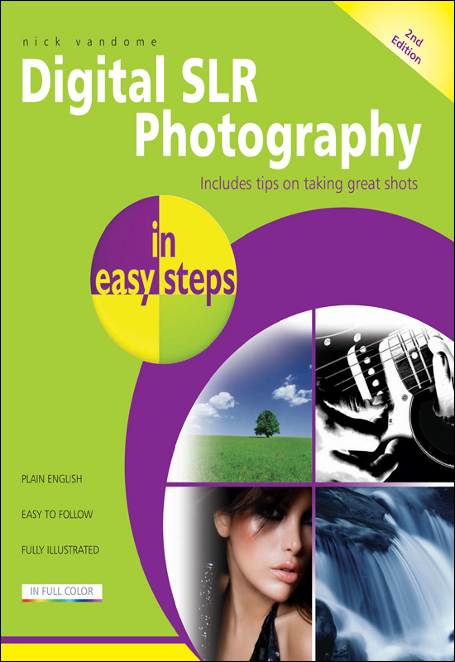
Nick Vandome
Digital SLR
Photography

Second Edition
In easy steps is an imprint of In Easy Steps Limited
Southfield Road Southam
Warwickshire CV47 0FB United Kingdom
www.ineasysteps.com
Second Edition
Copyright 2011 by In Easy Steps Limited. All rights reserved. No part of this book may be reproduced or transmitted in any form or by any means, electronic or mechanical, including photocopying, recording, or by any information storage or retrieval system, without prior written permission from the publisher.
Notice of Liability
Every effort has been made to ensure that this book contains accurate and current information. However, In Easy Steps Limited and the author shall not be liable for any loss or damage suffered by readers as a result of any information contained herein.
Trademarks
All trademarks are acknowledged as belonging to their respective companies.
In Easy Steps Limited supports The Forest Stewardship Council (FSC), the leading international forest certification organisation. All our titles that are printed on Greenpeace approved FSC certified paper carry the FSC logo.

ISBN 978-1-84078-437-4
Contents
This chapter provides a thorough overview of digital SLR cameras and shows how they can be of great benefit to all photographers. It covers the construction of a digital SLR and the controls that you can expect to find on this type of camera. It also looks at issues relating to digital photography and covers some of the accessories that you may need to enhance your photography.
The purpose of this book is simple: to explain the general workings of digital SLR cameras, show how to use them and also how to take better photographs with them. Hopefully, it will make you more confident about taking control with your digital SLR and begin to think more as a photographer rather than just as someone who takes a few snaps with a camera.
Taming the technology
Digital SLR cameras are complex in their design and consist of a remarkable amount of electrical and digital wizardry. However, the idea of this book is to give you enough technical information about digital SLRs so that you can use them effectively, without producing a dissertation about the finer points of the technology. The aim is to give you the technical information that you need to use a digital SLR without weighing you down with scientific formulae, charts and graphs. (Thousands of pages do exist with this type of detail, but this book concentrates on the practical rather than the theory.) The first three chapters of the book look at the workings of digital SLR cameras and how you can get the most out of using them.
Focusing on photography
The other main emphasis of the book is about using digital SLRs to take better photographs. When you feel comfortable about the functions of your camera you will be able to spend more time on capturing images.
Various shooting situations are looked at, with particular emphasis on the settings that can be used on a digital SLR.
The book is not a guide to editing images or image editing software (there are dozens of these on the market and two to look at are Photoshop in easy steps and Photoshop Elements in easy steps). Although image editing is a crucial part of digital photography it is always important to try and take the best photographs in the first place. This will reduce the need for extensive editing and just because you can take hundreds of images on a digital camera it does not mean that you should not strive to make each one as good as it possibly can be.
Ultimately, this book hopes to demystify the subject of digital SLR photography and help you to become a confident photographer who has fun and produces stunning images.

When digital photography was in its infancy, the concept of digital SLR (Single Lens Reflex) cameras was something of an unobtainable dream for most photographers. However, times change quickly in the digital world and digital SLRs are now a credible, and affordable, option for anyone who wants to expand their photographic horizons.

Digital SLR cameras have detachable lenses which is one reason why they offer a lot more flexibility than compact cameras.
History
The first digital SLR camera to significantly make an impact on the consumer market was the Canon EOS 300D (also known as the Digital Rebel). Released in August 2003 this was the first truly affordable digital SLR. It also achieved a level of quality that made a lot of photographers sit up and pay attention to the possibilities of digital SLRs. The EOS 300D was quickly followed by the Nikon D70 and these two manufacturers still command the majority of the digital SLR market, with approximately 40% each. Other players in the digital SLR market include Olympus, Sony, Pentax, Fujifilm, Mamiya, Sigma and Leica.

Websites such as Amazon now have dedicated sections for digital SLR cameras.
Advantages
Since the introduction of the EOS 300D, digital SLRs have made huge advances, in terms of both quality and affordability. When considering whether to buy a digital SLR, some areas to look at are:
 Quality. Digital SLR cameras provide better image quality than compact digital cameras, generally through the use of a larger image sensor for capturing images. (This is why a digital SLR will capture a higher quality image than a compact digital camera with the same pixel count.) Even if you always keep a digital SLR in automatic mode it will consistently capture images of the highest quality
Quality. Digital SLR cameras provide better image quality than compact digital cameras, generally through the use of a larger image sensor for capturing images. (This is why a digital SLR will capture a higher quality image than a compact digital camera with the same pixel count.) Even if you always keep a digital SLR in automatic mode it will consistently capture images of the highest quality
 Functionality. When affordable digital SLR cameras first came onto the market, a lot of photographers were disparaging about them, claiming that they did not have the quality or functionality of traditional film SLR cameras. However, as the quality has increased so has the functionality, to the point where there is little difference between the digital and the film versions. This functionality gives you the flexibility to take greater control over your photography
Functionality. When affordable digital SLR cameras first came onto the market, a lot of photographers were disparaging about them, claiming that they did not have the quality or functionality of traditional film SLR cameras. However, as the quality has increased so has the functionality, to the point where there is little difference between the digital and the film versions. This functionality gives you the flexibility to take greater control over your photography
 Pixels. Since the advent of digital photography, most users have become familiar with the words pixels and megapixels. A contraction of picture element, pixels are the tiny colored dots that are used to create digital images. Digital cameras are referred to as having a resolution of a certain number of pixels (e.g. 10 million) or a megapixel value (e.g. 10 megapixels).
Pixels. Since the advent of digital photography, most users have become familiar with the words pixels and megapixels. A contraction of picture element, pixels are the tiny colored dots that are used to create digital images. Digital cameras are referred to as having a resolution of a certain number of pixels (e.g. 10 million) or a megapixel value (e.g. 10 megapixels).









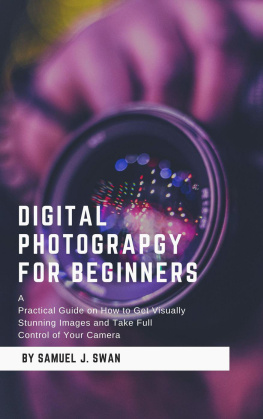
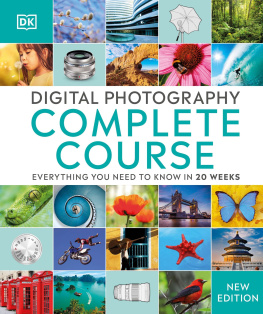
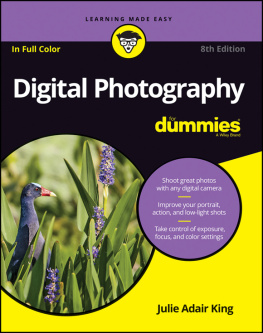
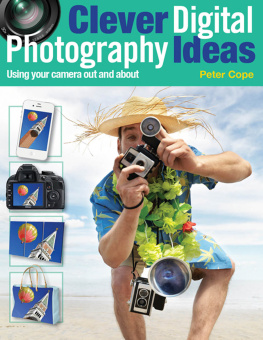
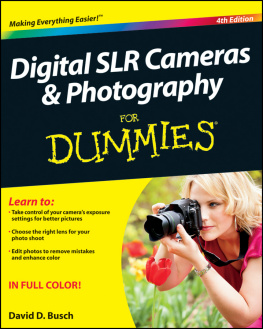
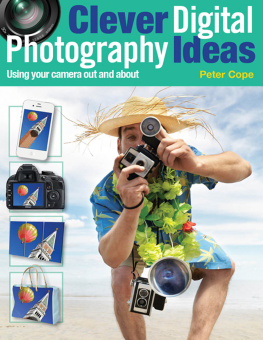
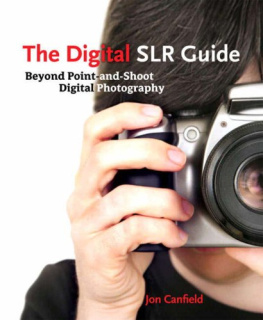
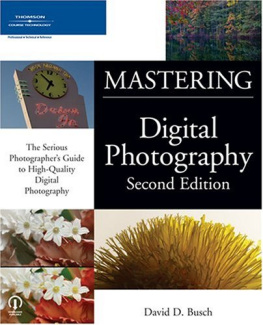





 Quality. Digital SLR cameras provide better image quality than compact digital cameras, generally through the use of a larger image sensor for capturing images. (This is why a digital SLR will capture a higher quality image than a compact digital camera with the same pixel count.) Even if you always keep a digital SLR in automatic mode it will consistently capture images of the highest quality
Quality. Digital SLR cameras provide better image quality than compact digital cameras, generally through the use of a larger image sensor for capturing images. (This is why a digital SLR will capture a higher quality image than a compact digital camera with the same pixel count.) Even if you always keep a digital SLR in automatic mode it will consistently capture images of the highest quality